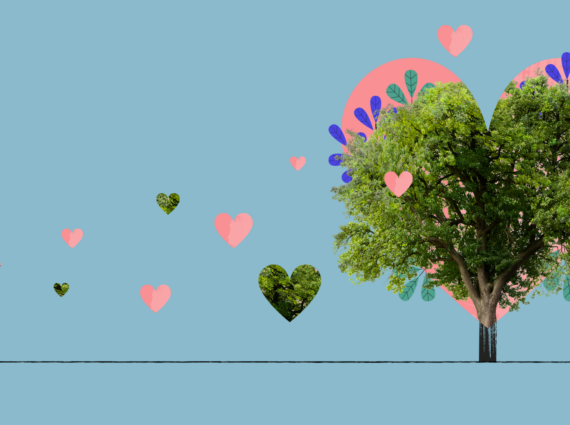While it may seem easy to lump peatlands, marshes, and swamps together, they all have unique characteristics. The abundance of the terminology itself indicates how important these ecosystems are for humanity. In 1971, the Convention on the Protection of Wetlands, the Ramsar Convention, was enacted, and so far, 171 countries have ratified it. This document defines wetlands as “areas of marsh, fen, peatland or water, whether natural or artificial, permanent or temporary, with water that is static or flowing, fresh, brackish or salt, including areas of marine water the depth of which at low tide does not exceed six metres.” Such an extensive definition makes sense in terms of the Convention’s objectives, including, among other things, the protection of wetland birds. However, it is the peatlands that get the most attention in the context of tackling climate change.
Peatlands are important ecosystems
The processes taking place in peatlands are exceptional. Part of the carbon dioxide that plants assimilate from the atmosphere through photosynthesis remains accumulated in the peat. Those peatlands that actively accumulate peat are called marshes. Importantly, those that have dried out are no longer marshes. So not every peatland is a marsh.
Plant remains eventually decompose in any non-swampy terrestrial system, and the CO2 they contain sooner or later returns to the atmosphere. Naturally, this happens through biological processes. Bacteria and fungi, which feed on dead organic matter, release carbon dioxide during cellular respiration, which returns to the atmosphere. However, in marshes and water-saturated soil, anaerobic conditions prevail. As a result, a large proportion of the microorganisms have no access to organic matter, and a few to several per cent of the biomass produced by the plants during the year remains in the peat.
Within our geographic zone, this dozen or so per cent is a layer of peat a millimetre to two thick. If the process continues for thousands of years, the layer can be counted in metres! By comparison, a square metre of peatland in northern Canada absorbs five times more carbon dioxide than a square metre of the Amazon Forest.
Various peatlands accumulate carbon differently. Some of the largest, those in the Arctic zone, accumulate several times less than those in the temperate zone. This is because low temperatures inhibit plant growth and decomposition. The peat accumulation rate is a balance between plant production and decomposition. The fastest peat production occurs in the boreal zone. In the case of tropical zone peatlands, it depends on the conditions. Globally, peatlands accumulate around 400 million tonnes of carbon dioxide annually.
That’s enormous, given that peatlands barely cover 3% of the Earth’s surface. That’s almost twice as much carbon dioxide as is stored in all the world’s forests, which cover ten times more of the globe’s surface.
Peatland protection or increased CO2 emissions
The trends are, however, that peatlands are being damaged for various reasons. Sometimes it is the result of fires, for example, in Siberia. Yet it is also caused by human activity and the conversion of peatlands for agriculture or housing, such as the conversion of up to two million hectares of Indonesian peatlands to oilseed plantations. In the past, peatlands have been used to create entire cities, including London and Amsterdam. 98% of peatlands in Germany, 94% in the Netherlands and about 85% in Poland have been drained. Peat is also extracted and used as fuel. Of course, none of these activities is indifferent either locally or on a global scale. What happens when marshes are drained?
Decomposed peatlands release carbon dioxide stored over the years, thus warming the climate. It is estimated that this process occurs up to tens of times faster than the absorption of CO2 by marsh plants. Today, decomposed peatlands (about 20% of the total) emit two gigatonnes of carbon dioxide per year, equal to about 5-6% of anthropogenic emissions from burning fossil fuels. So not only is this not helping to mitigate climate change, but it is also hindering what we are collectively striving for – reducing CO2 emissions.
Peatland protection: the way forward. Join TerGo!
Peatlands can be protected in several ways, often requiring the cooperation of policymakers, industry, farmers, landowners, and NGOs. Key policies include the protection of active peatlands, the rewetting of those already drained, and the development of paludiculture, i.e., marshland agriculture. The latter may come as a bit of a surprise, but conditions in wetlands allow the cultivation of plants such as reeds and cattails, which can be used to produce building materials, animal feed, or biomass.
You, too, can influence the future of wetlands. Neutralise your carbon footprint with TerGo by making your contribution. We will donate the funds to the UNEP/GRID-Warszawa centre’s Polish peatland conservation programme. Together we can do more!





